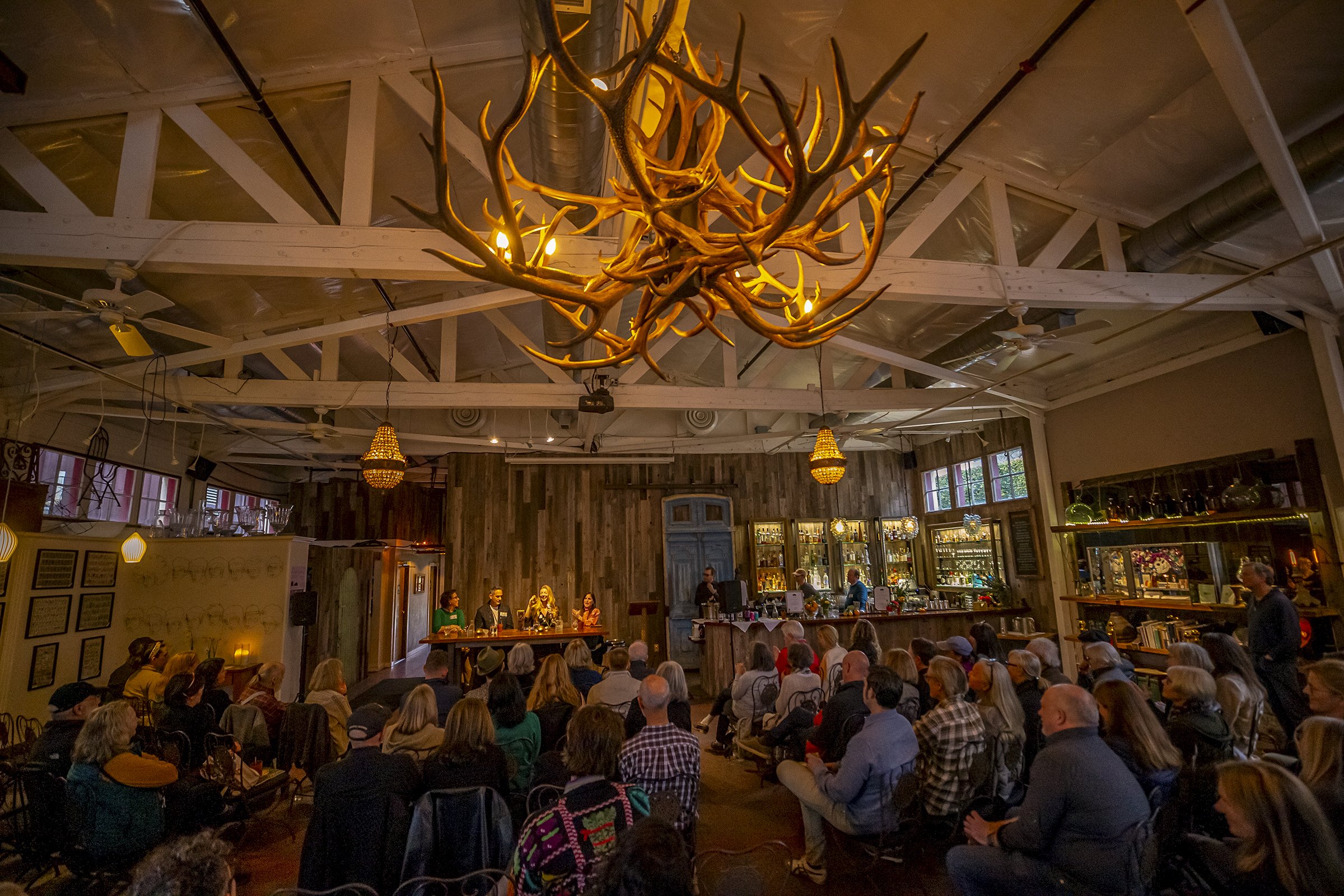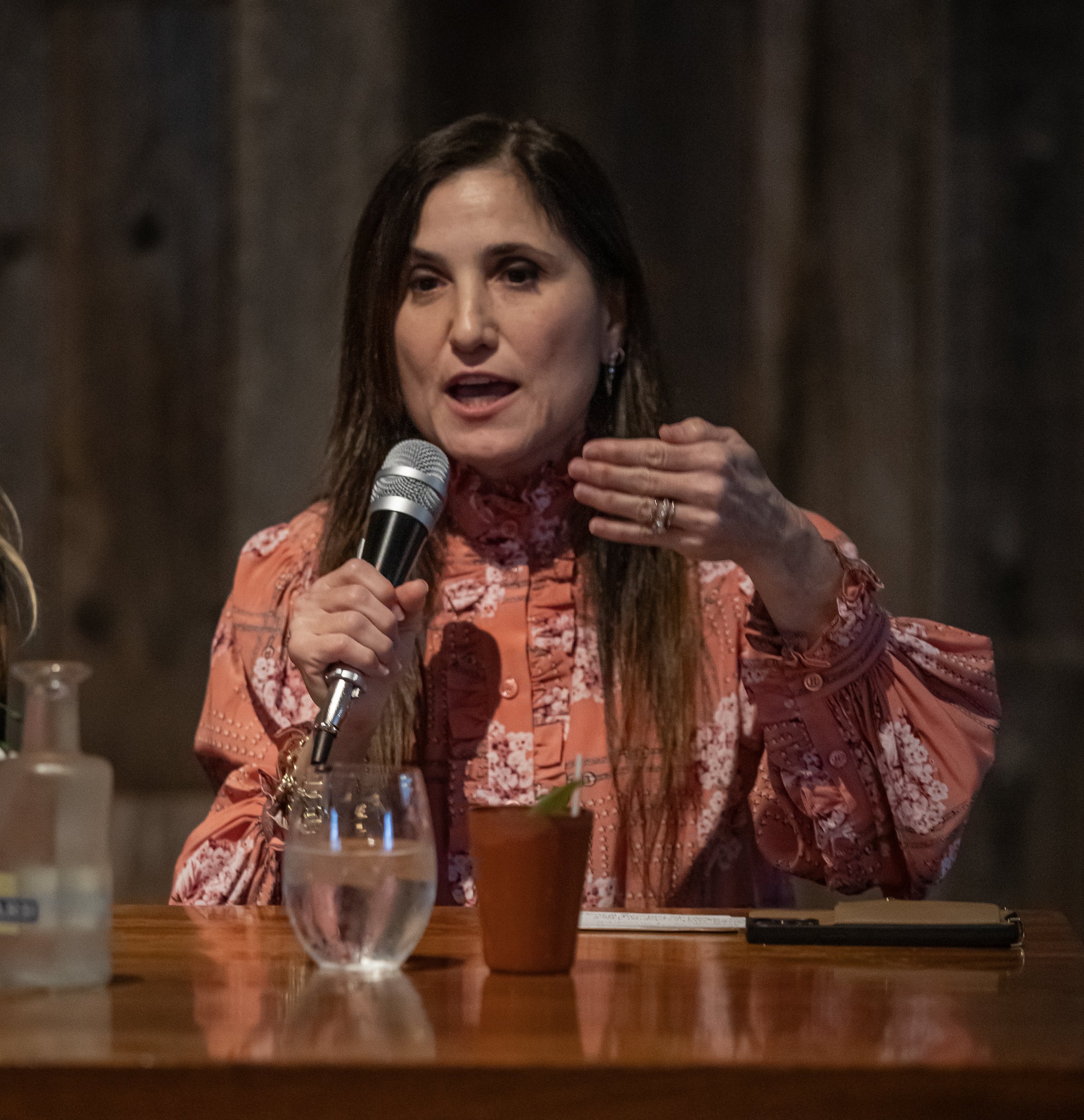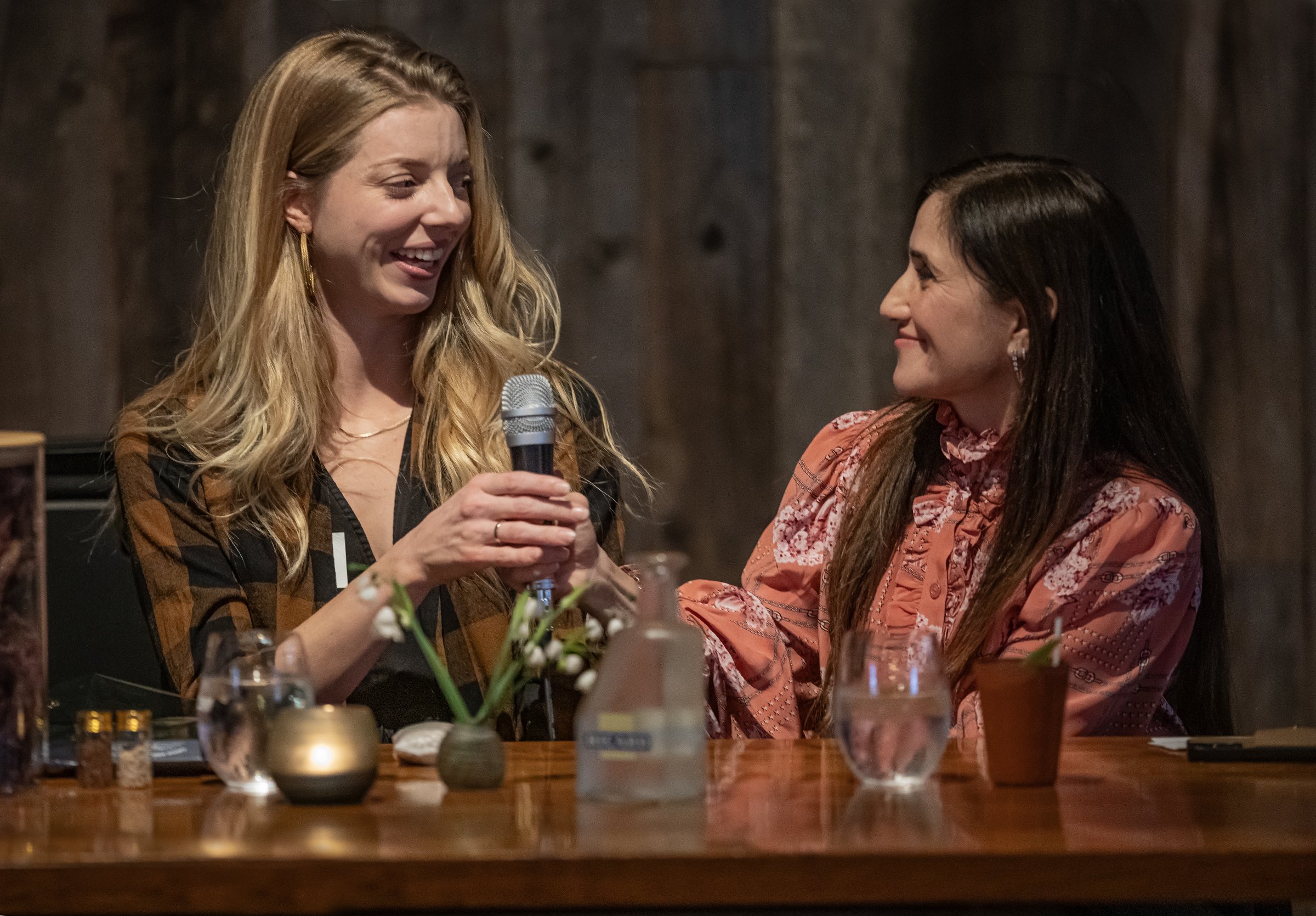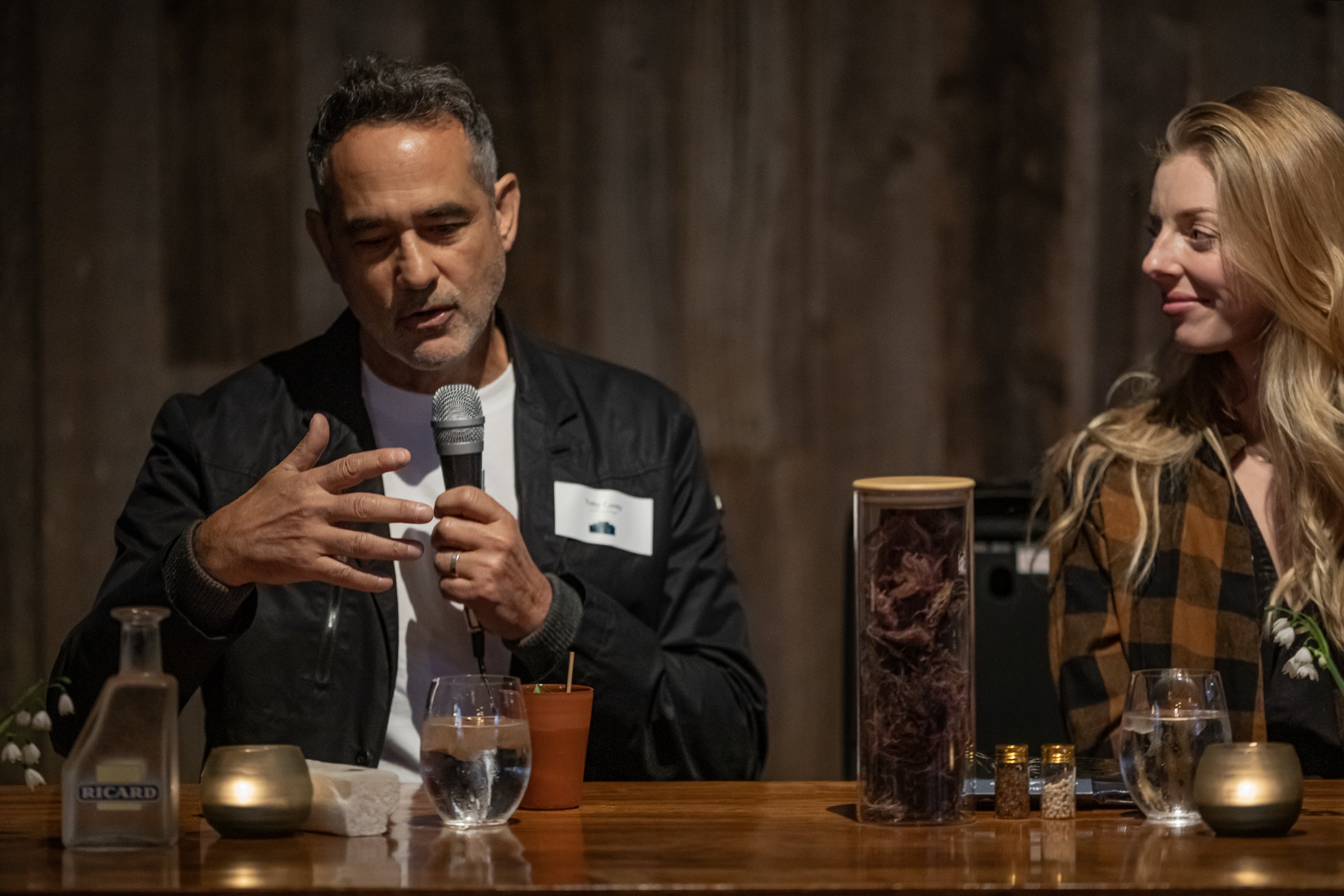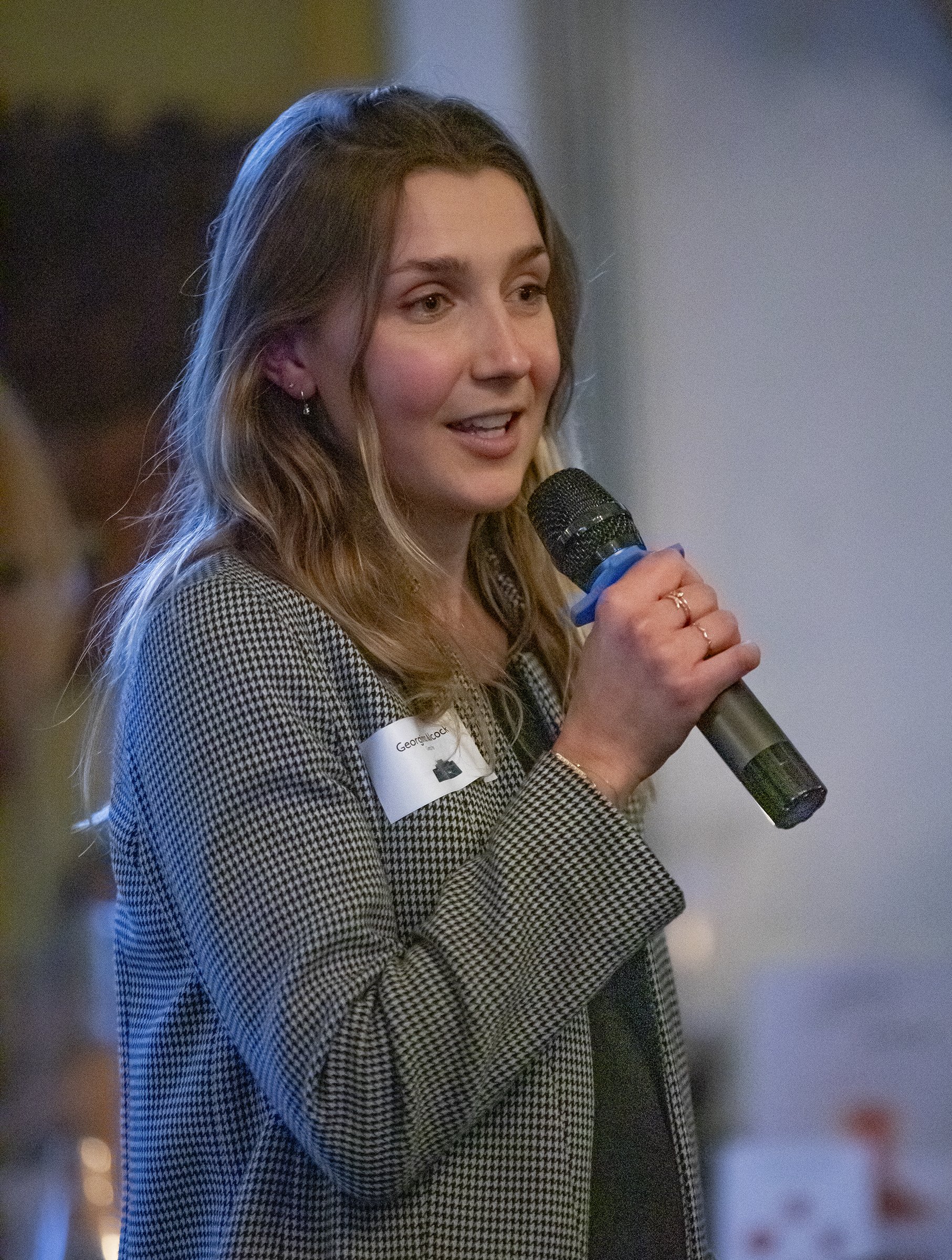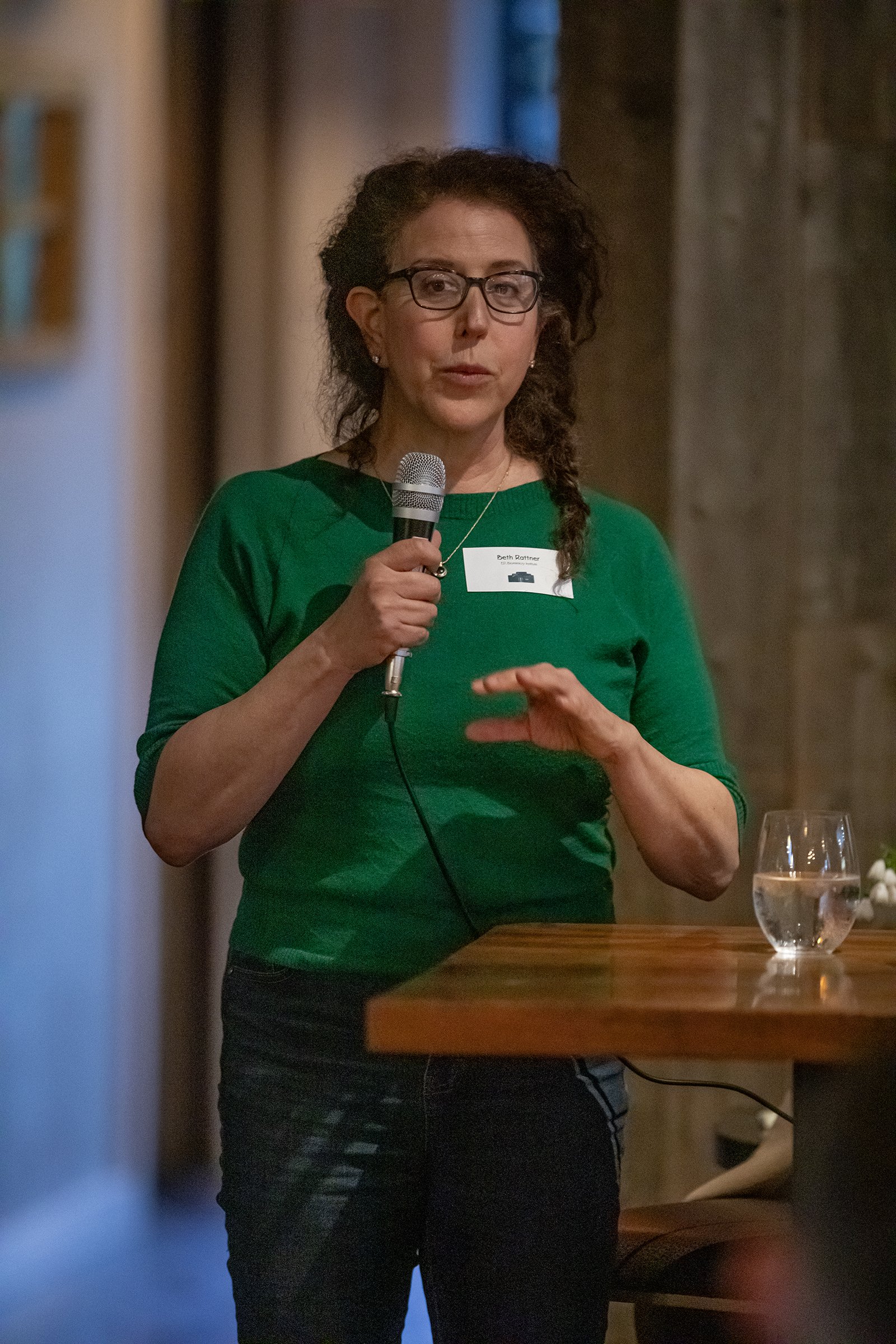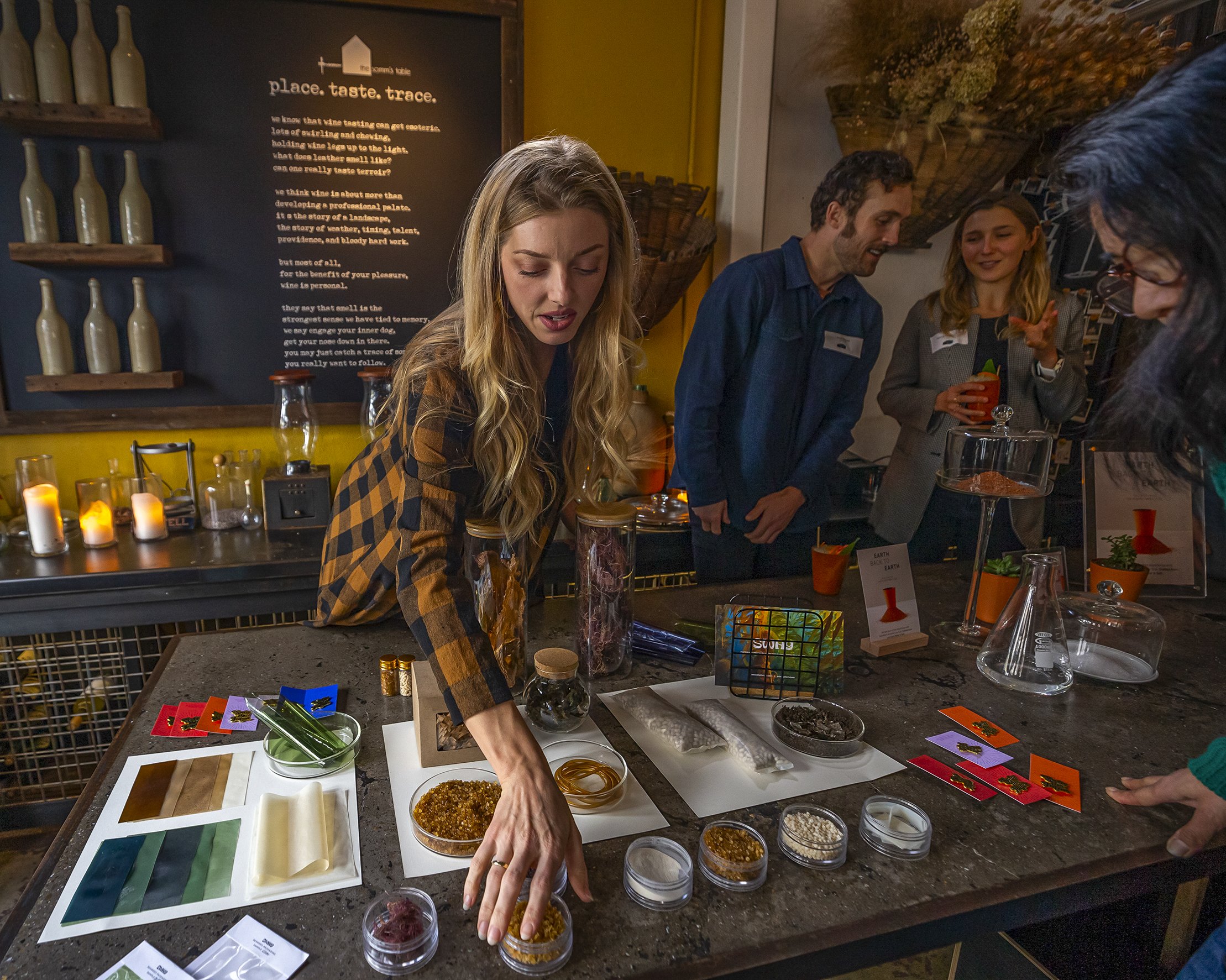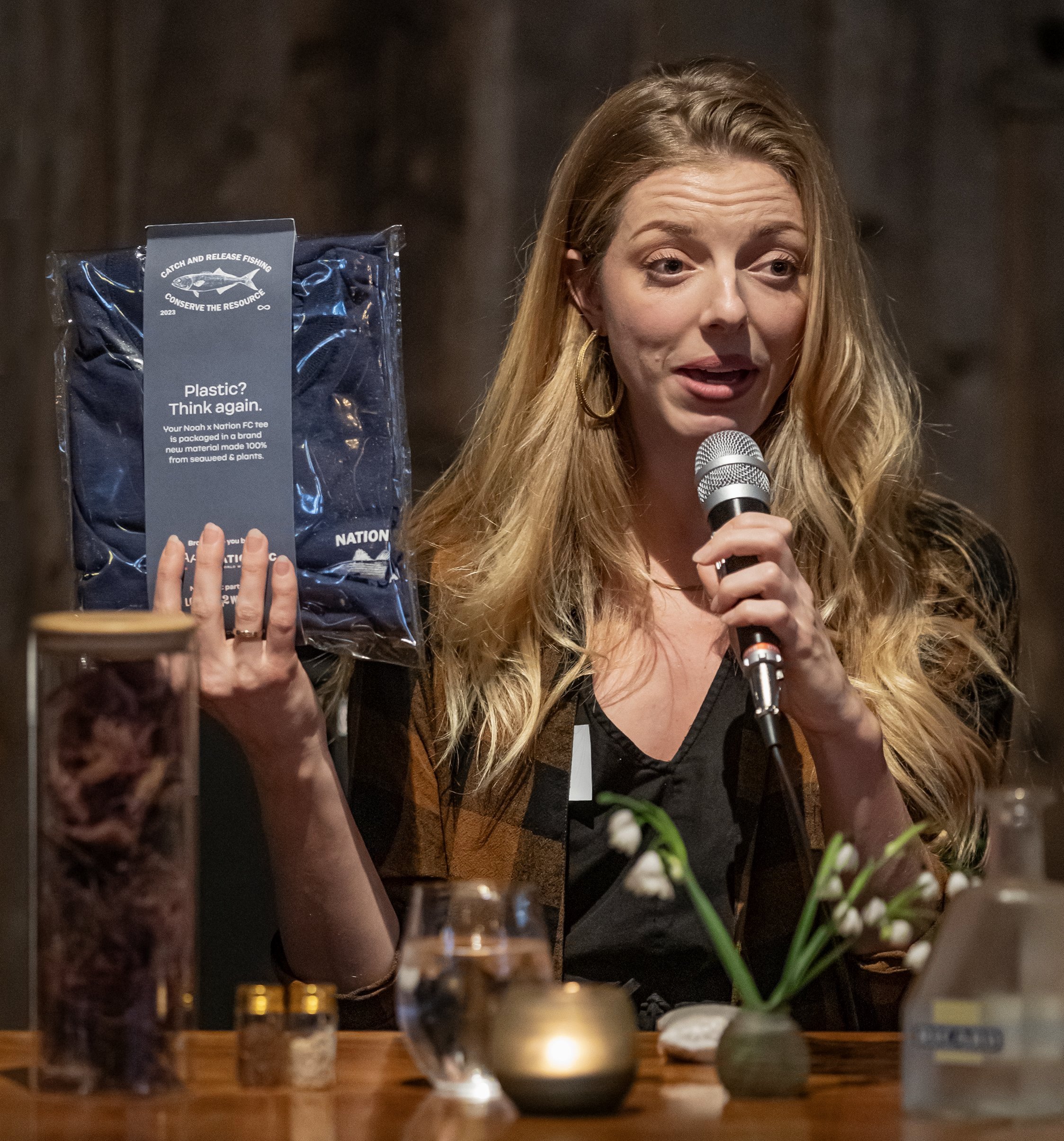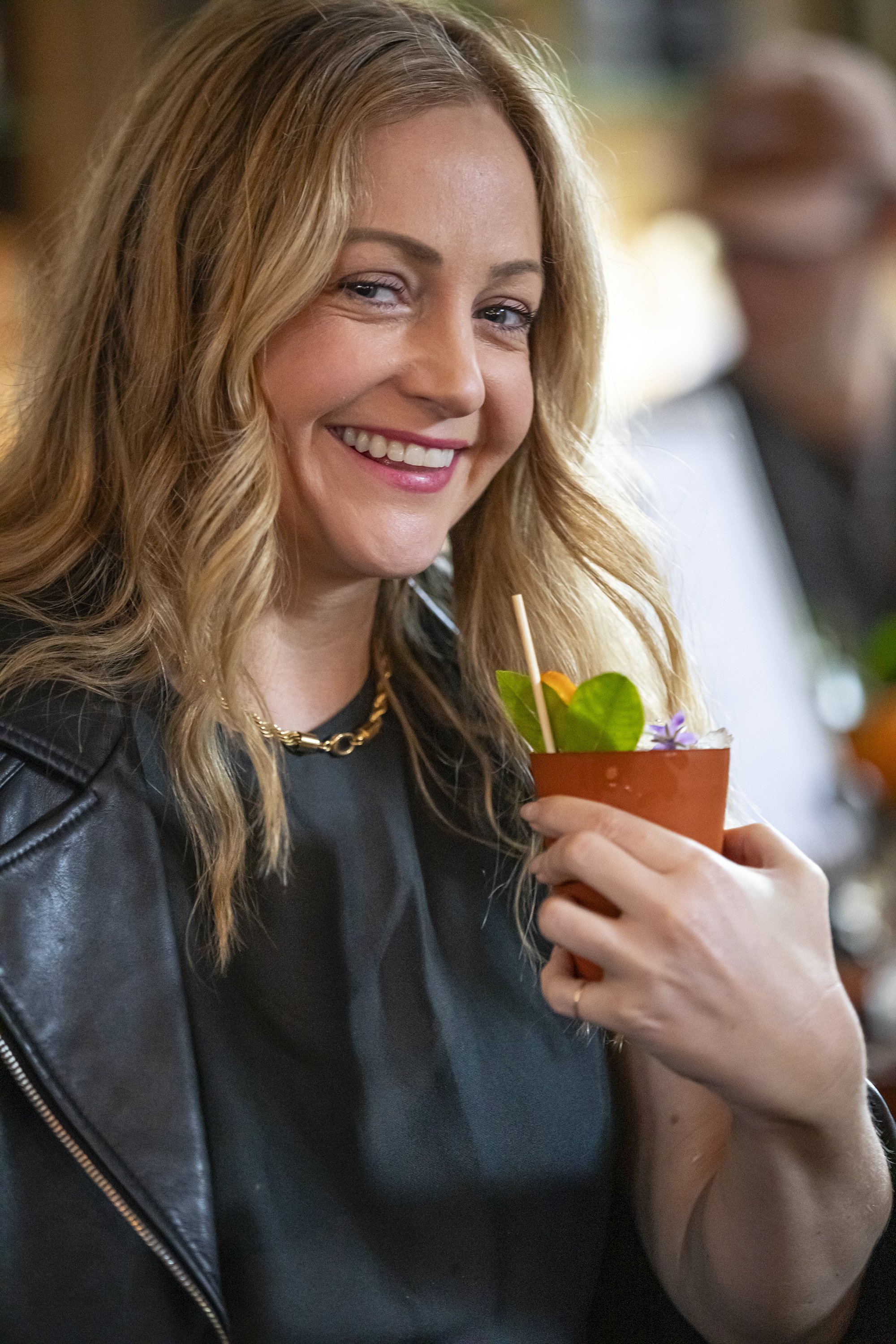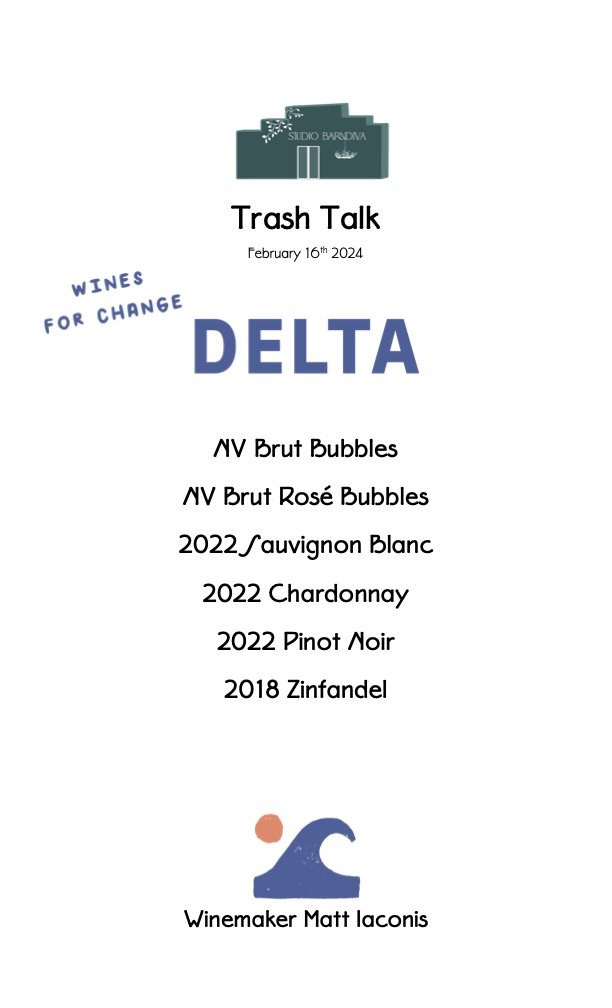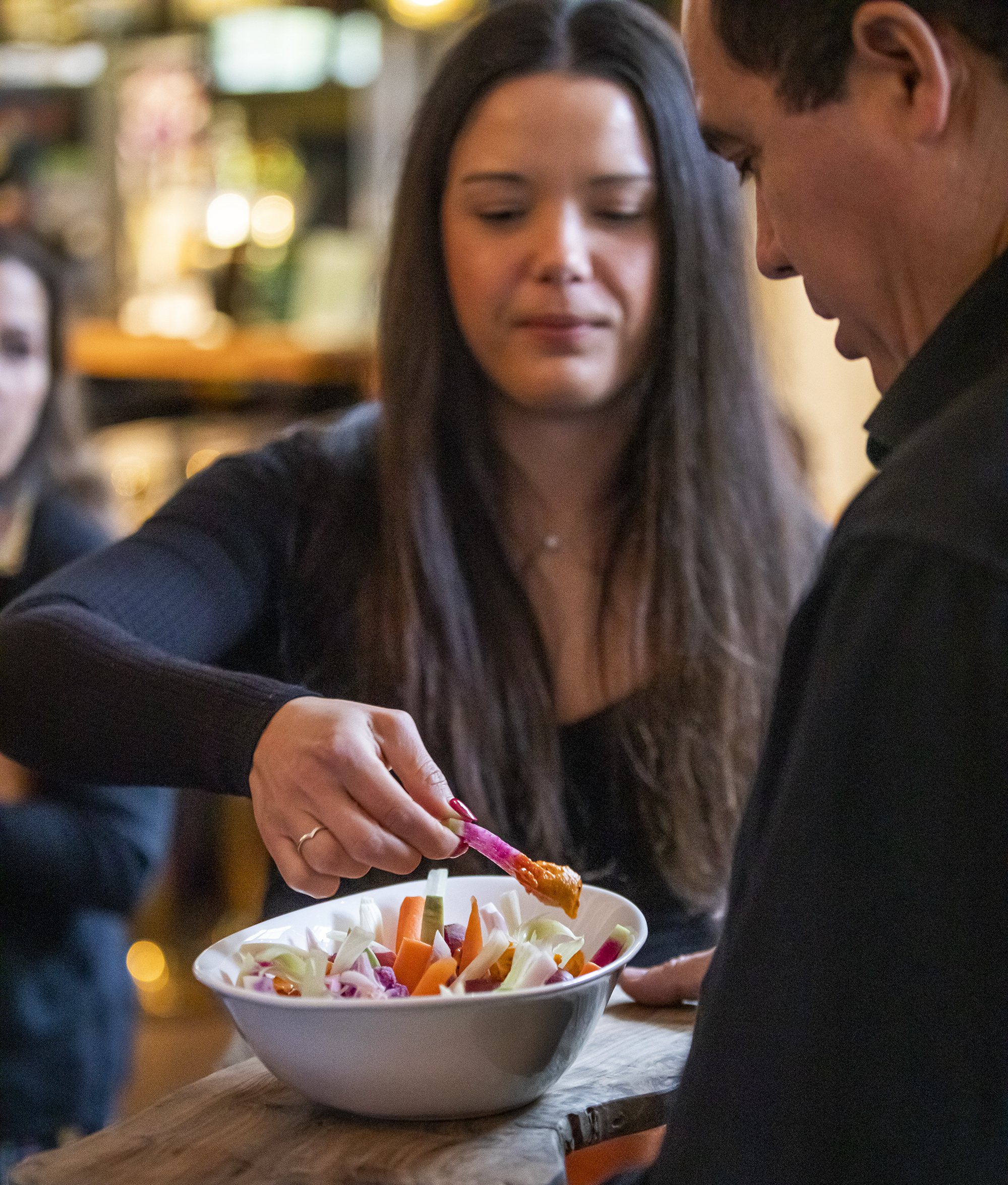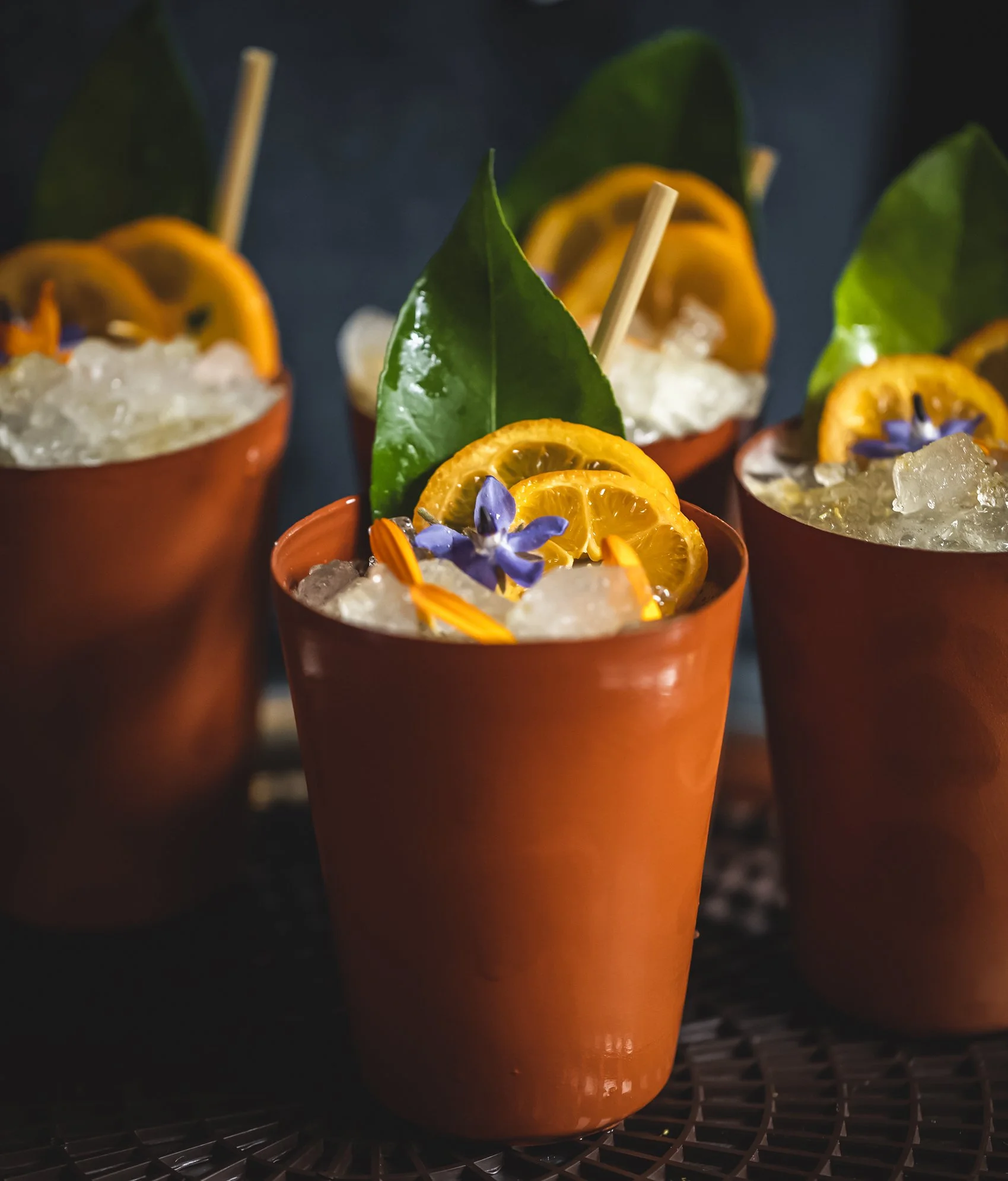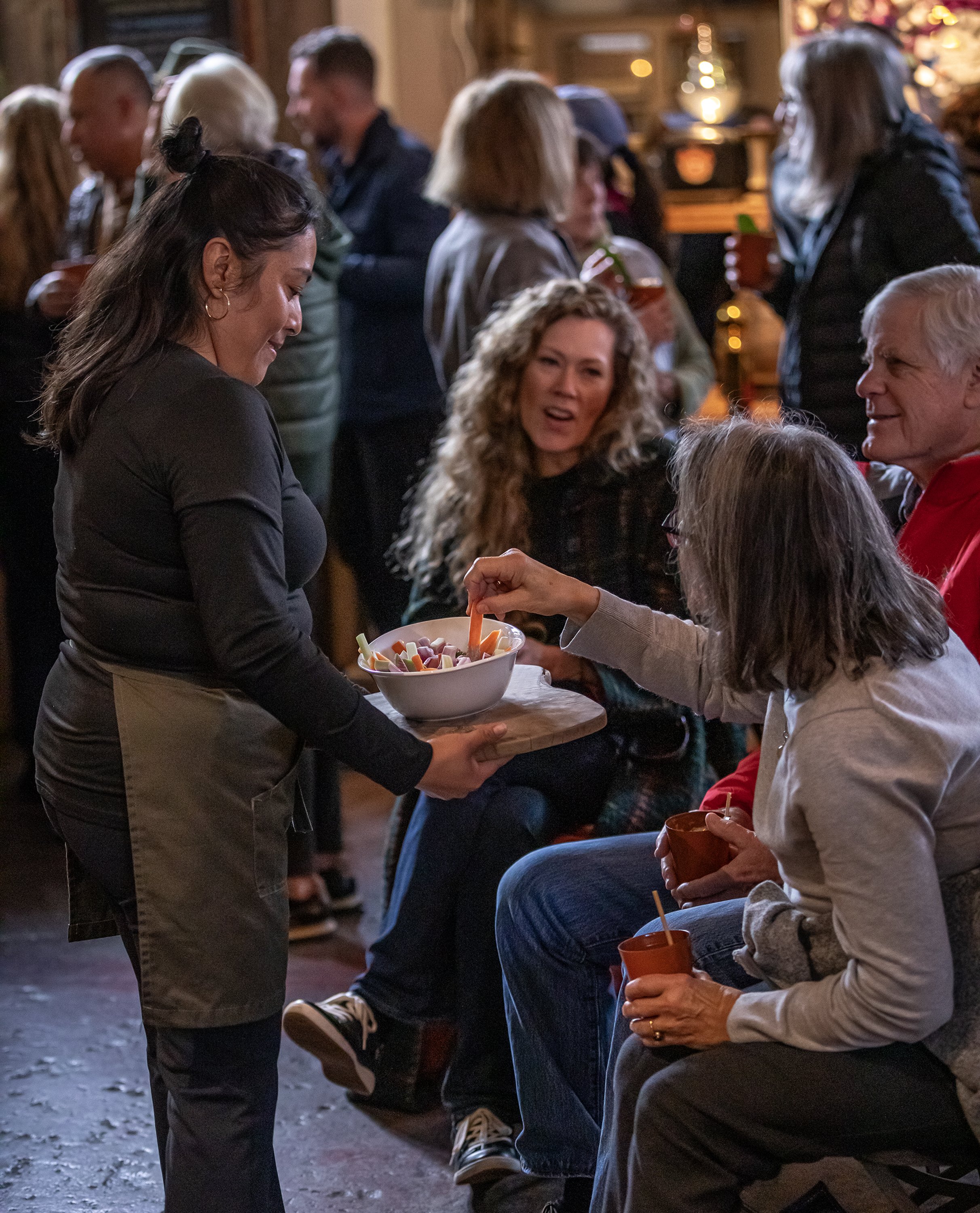Conversation Worth Having 3, The Future of Fashion, is almost upon us, and as it comes together we are realizing the significant and challenging ways it will be different from the first two community forums we’ve hosted here in Healdsburg.
Our first CWH – literally a deep dive into Compost, was icky but fascinating fun, as well as providing impetus to address Sonoma County’s urgent need for a compost facility (s). Our second was about trash in all its forms (oh so many forms) each seeming to necessitate a curated journey out of our lives if we didn’t want what we throw away to end up in the carbon nightmare of landfills. Incredibly, both conversations were upbeat, generating a “we are all in this together” energy that created quite a buzz in town, and so many smaller conversations and engagements. We believe the success of the series thus far has been finding we are not alone in wanting individual and community solutions to how we might continue to enjoy our creature comforts while living more lightly on the ground.
Both while conversations dealt with difficult issues, neither got personal. The Future of Fashion just might. Clothing is not just a necessity, but something which colors how we feel every day of our lives as we move through the world, and like it or not, how we are perceived –admired, desired, accepted or judged - over a lifetime. Our acquired tastes may change over time, and they are definitely driven by the bombardment of triggering fashion content coming at us non-stop. But whereas we MUST dispose of food and material waste, there is something decidedly personal about how we choose, use and dispose of what we wear. Fashion is tied inextricably to our desire to inform how we want to be perceived as we go out into the world.
From the moment the first humans pulled the skin of an animal across their shoulders to stave off the cold, and for thousands of millenimum afterward, we looked to nature for the raw materials to protect us from the elements. The discovery of rudimentary tools to puncture skins and weave fastenings to keep what we wore in place, along with the discovery of fire, is most probably the main reason the early human race survived at all. But even from those humble beginnings clothing was also used to signify our standing- our importance, worth, usefulness - in the tribe. Hunter, gather, fire starter…. the need to carry a story on our bodies that reflected status, fertility, power, has always been with us.
The notion of Fashion – clothing as more than utility - was thought to have been kick started during the reign of Louis XIV when the bored, impetuous King impelled his court to dress in finery as competitive one-upmanship. It eventually gave birth to the French textile industry that went on to ignite the concept of dressing to please across the European continent. Clothing as a social marker for the wealthy has never ceased, but for most of history’s primarily agrarian working populations for centuries we only needed two outfits: one for work and one that could be worn on Sundays, weddings, funerals, or seasonal celebrations. They had to last so they were made of materials that were durable, yet affordable. Craft was important, the crafter admired. Think pegs not hangers, certainly not closets filled with years and years of impulsive purchases.
The rise of humanity as penultimate fashion consumers came out of the industrial revolution which democratized fashion through the advent of machine production and the availabliity of a growing worker class- cheap labor. When production eventually began to outstrip consumption, a little thing called consumer engineering was created and through relentless ad and news campaigns the need for clothing was replaced by a desire for it. Thanks to the affordability of new synthetic products made from the abundance of oil the burgeoning fashion industry we didn’t need nature anymore. Fashion conglomerates were able to keep prices low and competative, production high and constant, feeding the thrill consumers grew to love of reinventing themselves each season. Planned oblescence, where clothing was designed to break down to drive even more purchases (and something now built in to almost everything we purchase) accelerated the burgeoning industry even further.
Today its virtually impossible to ignore the siren call to purchase new clothes and shoes, bags and accessories – because for the stakeholders of the fashion Industry, their profits depend upon on us doing so. But while there’s no denying there is joy to be found in wearing something of beauty or utility that elevates how you feel, the fashion addiction has made the industry the planet’s 3rd most polluting industry, with 100 billion items of clothing produced ever year, only a fraction of it sustainably sourced or fabricated. Only 1% of all clothes are recycled when we are done with them. Just reducing the amount of our consumption would be great, but it won’t move the dial, and truthfully, it’s not gonna happen.
But what if if there was a way to satisfy our lust for fashion and how it makes us feel that wasn’t harmful to the environment? What if a responsible use of nature and technology was focused on creation of circular fashion economies designed from the start to significantly lighten humankind’s carbon footprint?
Join us on Sunday, August 11, when Conversations Worth Having welcomes Near Future’s Zem Joaquin to lead a Conversation about The Future of Fashion. On the dias with Zem will be Marci Zaroff, the woman who coined the term ‘eco fashion’ a decade ago and has built multiple successful businesses creating green, cradle to cradle fashion lines. Lewis Perkins from the Apparel Impact Institute, whose mission is to verify, fund and scale new fashion programs that can decrease carbon emissions, with be with us as well. And to address how technology may hold some answers to a clean green fashion future, both Garrett Gerson and Liam Berryman, of Variant3d and Nelumbo, will be speaking. Both are at the cutting edge in using technology to produce new innovative programs - Gerson’s Variant 3D’s Loop system promises 90% waste reduction, especially encouraging full-on creativity for start ups; Nelumbo, a locally based company relies on a platform technology that applies morphology, shape, or structure to surfaces. Nelumbo’s use of materials science - Metamaterials- professes to only use ‘clean ingredients.’ It will be fascinating to learn what that means.
There’s a lot to parse here, and we’re excited to get started. Ticket holders to our conversation about fashion are encouraged to dress in something they love - this is going to be fun and interesting - and to bring challenging questions for our speakers. With our interactive ‘art’ installations we’ll also lean a bit more about what all the perplexing labels on clothes really mean, and re-discover how touch factors into our material choices. And we are especially thrilled to welcome local artist Maya Eshom to present Textiles on Fire, which engages another one of our senses, and might just have a profound effect on what you purchase next.
Hope to see you on the 11th.
For CWH,
Jil Hales (barndiva) Dawnelise Rosen (FARMpeneurs), Susan Preston (Preston Farm and Vineyard), Amber Mcinnis.












